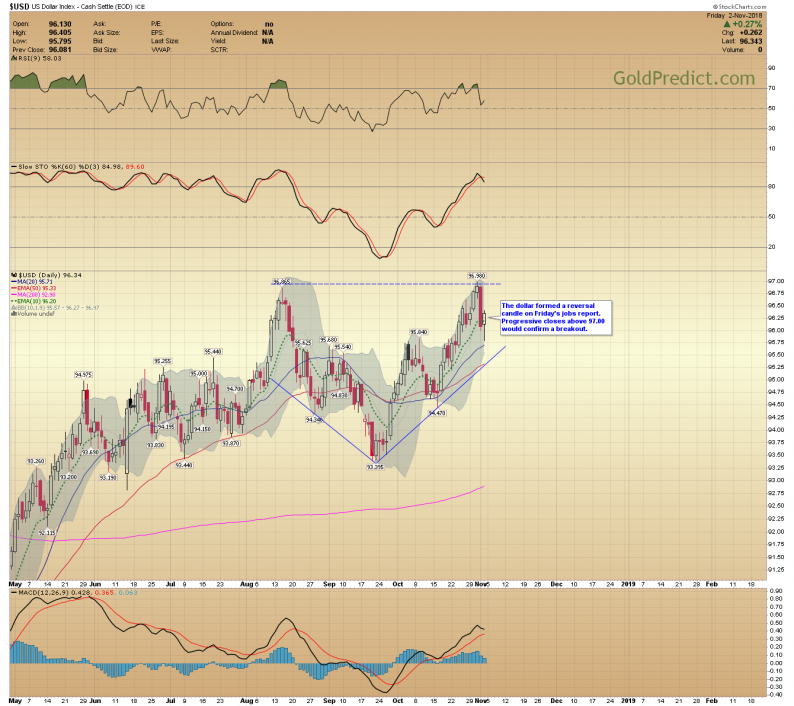We made it to the midterm elections. It will be nice when they’re finally behind us. Big money and businesses hate uncertainty. They want to know what the business and tax environment will be like in the coming years. Politicians make that difficult. They quarrel back and forth vowing to undo whatever the prior administration accomplished. That breeds uncertainty and businesses often delay spending, hiring, and capital expenditures until the economic outlook firms.
Few expected Trump to win in 2016. If he was victorious, the consensus was gold would skyrocket, and the stock market would collapse; the opposite occurred. Big money realized Trump “the businessman” would probably be good for the economy. They immediately dumped their gold holdings and jumped headlong into the stock market.
These are just midterm elections, but they still have a significant impact on the economy. Currently, President Trump benefits from a Republican-controlled House and Senate. The balance of power will change if/when the Democrats regain the majority in the House as suspected.
Money flows after the elections will tell us how to be positioned heading into year-end. The seasonally weak period in gold from November to December has been dominant since 2011. Is 2018 the year that streak ends or will precious metal investors get another buying opportunity this December?
US DOLLAR
The dollar formed a reversal candle on Friday’s jobs report. Progressive closes above 97.00 would confirm a breakout.

GOLD 2011 to 2014
For the most part, since 2011 gold has topped in October or early November and bottomed in December (November in 2014). Average decline between 11% and 12%.

GOLD 2015 to 2018
Will the seasonal pattern repeat in 2018? I don’t see anything suggesting it won’t. The only clue the model may be losing momentum is last years scanty 5.4% decline. From a cyclical perspective, the bounce coming out of the $1167 low is entering its 12th week, and prices are yet to challenge the 50-week EMA (currently $1256). Today’s setup reminds me of 2015, and the 50-week EMA should contain prices on a closing basis.


















Leave A Comment